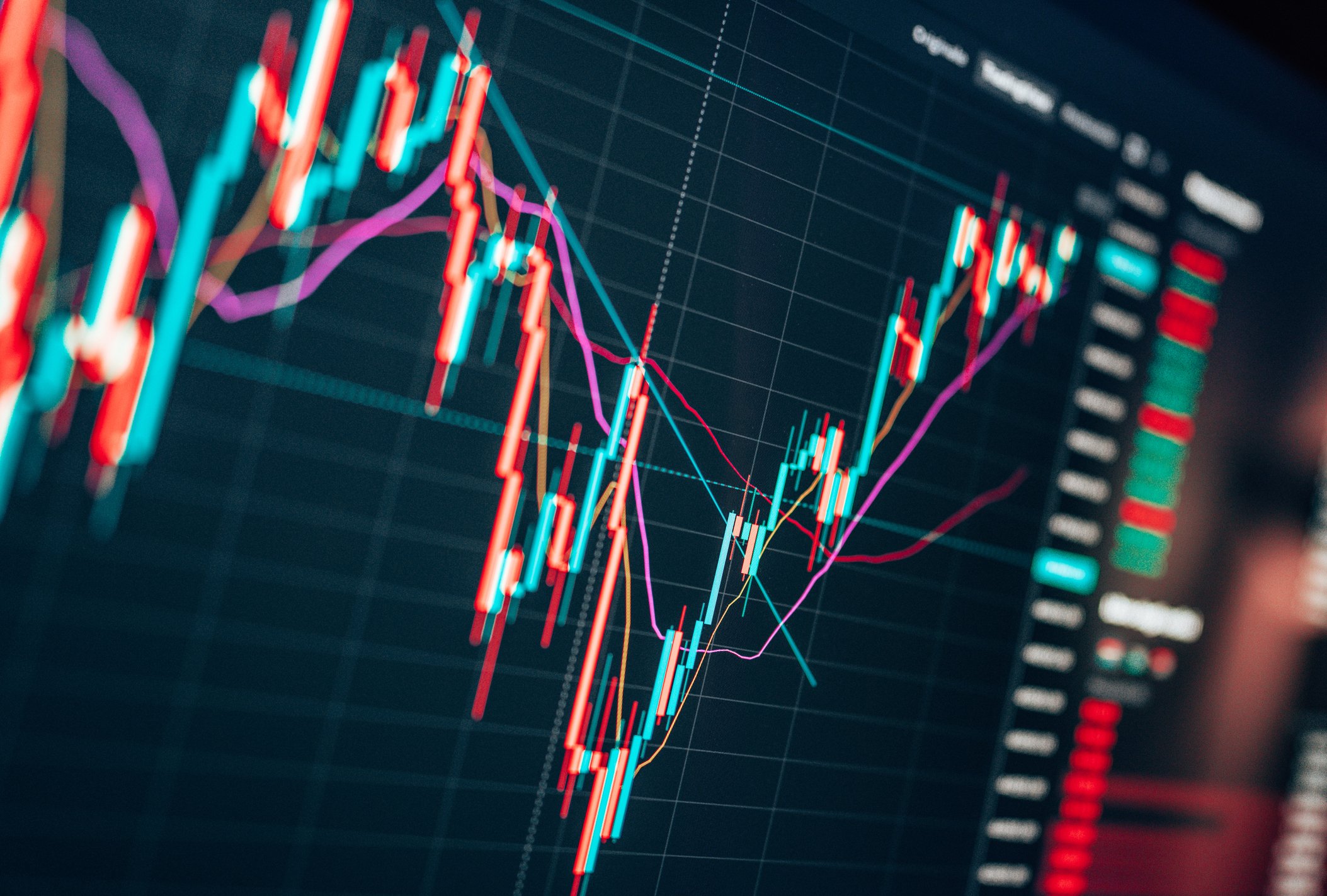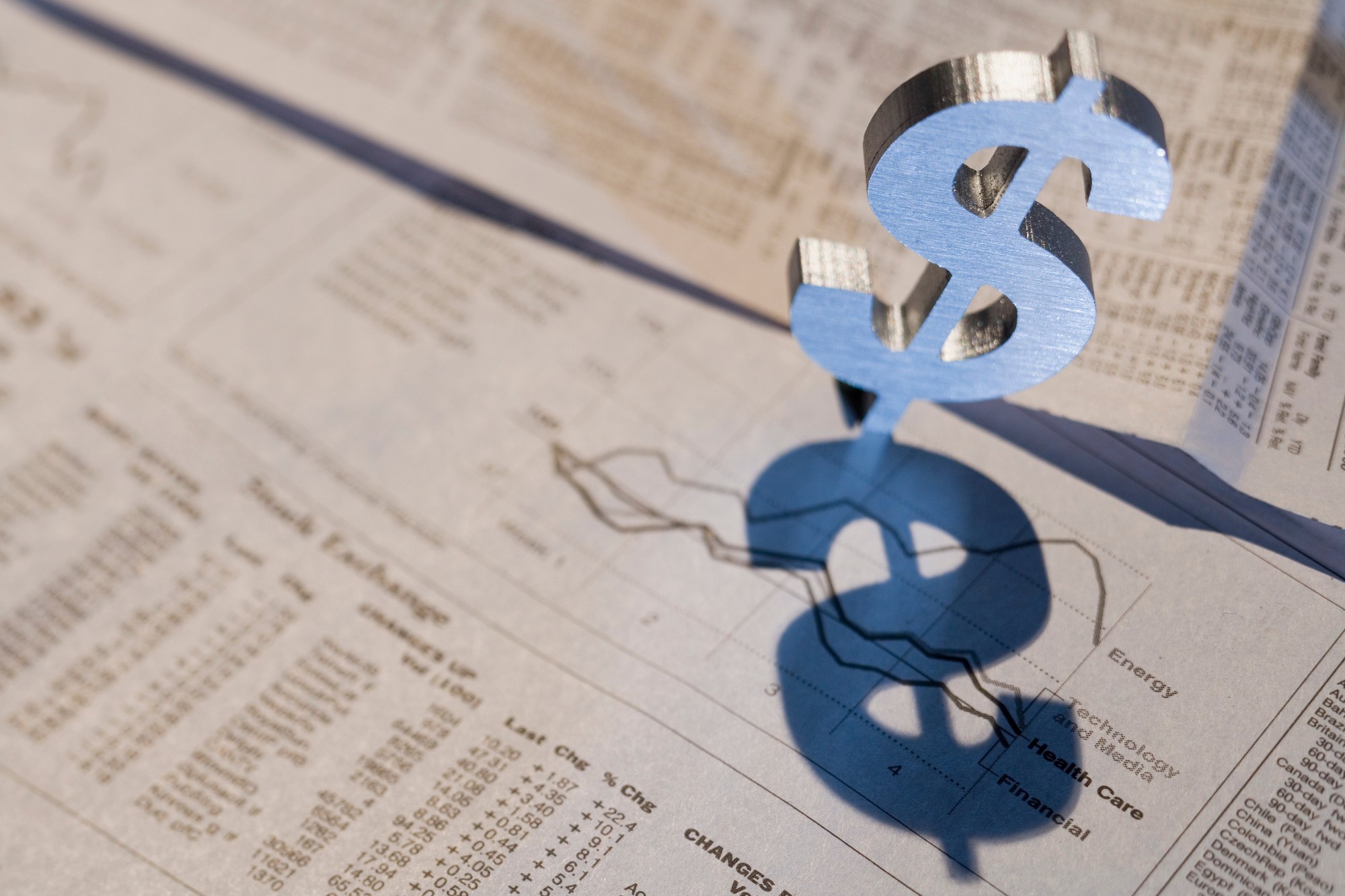For investors, the past seven weeks have been unmatched in terms of volatility. Uncertainties surrounding the spread of the coronavirus disease 2019 (COVID-19), as well as the stringent mitigation measures enacted by most U.S. states, have pushed equities into bear market territory faster than at any time in history. We've also witnessed the benchmark S&P 500 record its eight-largest single-session point gains and 10 of its 13 biggest-single-day point losses of all time, just since Feb. 24, 2020.
History has shown that bear markets are unpredictable in terms of what causes them, how long they'll last, and exactly when they'll find a bottom. But one thing we do know with relative certainty is that long-term investors are going to be sitting pretty 20 years from now.

Image source: Getty Images.
According to data from Crestmont Research, every single rolling 20-year period over the past 100 years for the S&P 500 has generated a positive average annual return, inclusive of dividends. Only two years (the ones that ended in 1948 and 1949) featured an average annual return of less than 5%. Meanwhile, more than 40 individual years featured rolling 20-year returns that would have generated at least an average of 10% per year, inclusive of dividends.
In simpler terms: If you buy high-quality companies and hold them for a long period of time, you tend to make money, even with inevitable stock market corrections and occasional bear markets mixed in.
While not everyone is going to have disposable income to put to work right now due to the unprecedented disruption we're witnessing in the labor market, those folks with healthy emergency funds may find themselves with the opportunity of a generation to buy great companies at a discount. If you have even $2,500 to spare right now, consider parking it into theses four top stocks for the next 20 years.

Image source: Getty Images.
Mastercard
If you have cash to spare, one company to consider locking up over the long run is credit-services provider Mastercard (MA 0.58%). Although there's no question that Mastercard and its peers are going to see a decline in purchase volume crossing their networks due to COVID-19 mitigation measures, the longer-term outlook for continued high-single-digit or perhaps low-double-digit growth remains unchanged.
Today, Mastercard holds about 22% market share in the consumption-dependent United States and has built up its share of the U.S. debit card market from around 21% in 2005 to 29% by 2018. With ample opportunity to grow the purchase volume crossing its networks in the U.S., as well as expand its processing reach to underbanked markets -- Southeastern Asia, Africa, and the Middle East -- where roughly 85% of transactions are still done in cash, Mastercard could easily reach a double-digit sales growth rate over the long run.
In addition, Mastercard is purely a payment facilitator and not a lender. This means that it's well-protected in the event of rising credit delinquencies.

Image source: Sirius XM.
Sirius XM
There's no escaping the adverse impacts of the coronavirus for satellite-radio operator Sirius XM (SIRI +0.00%). Sirius XM has long been reliant on new auto sales for trial subscriptions, with the hope of converting some of these consumers to paying listeners once their trial ends. Unprecedented sales weakness in the auto industry is bound to sting in the very short term.
However, Sirius XM has one thing going for it that other radio operators don't: a relatively minimal reliance on advertising. Even though its acquisition of Pandora in 2019 increased the relevance of ads, the company still generates 79% of total revenue from subscriptions. The great thing about subscriptions revenue is that it's less likely to be cancelled during periods of economic hardship than it is for businesses to pull back on ad spending. This puts Sirius XM in much better shape than terrestrial radio operators to ride out any economic downturn.
Furthermore, as the only satellite radio operator in town, Sirius XM wields incredible pricing power. Though concerns always exist that net-subscriber additions could slow due to price increases, they historically haven't. That makes Sirius XM a stock you can dial in for the next two decades (or longer).

Image source: Getty Images.
Wheaton Precious Metals
If you have $2,500 to spend in the stock market, precious-metal streaming company Wheaton Precious Metals (NYSE: WPM) is another smart consideration. Even with mine closures due to COVID-19 threatening Wheaton's very short-term prospects, there are two very big reasons to be excited about this company.
First of all, Wheaton Precious Metals nets what are arguably the juiciest margins in the mining space. That's because it's not directly producing gold, silver, and palladium. Rather, it's giving money directly to mining companies to fund expansion projects in exchange for a percentage of the output at a well-below-market cost. Wheaton's end-of-2019 average per-ounce cost for gold, silver, and palladium was only $426, $5.13, and $321, respectively, producing per-ounce cash operating margins of $1,057, $12.23, and $1,483, respectively.
Second, the long-term outlook for precious metals is probably more lustrous than you realize. The epic amount of quantitative easing being unleashed by central banks to combat the coronavirus, combined with historically low global bond yields, is going to create an environment where gold shines brightly.

Image source: Getty Images.
Intuitive Surgical
Another great company that just seems to get better with age is surgical systems developer Intuitive Surgical (ISRG 1.17%). Like every company here, Intuitive Surgical is facing some short-term fallout from the coronavirus, as elective surgical procedures are being pushed out to a later date. However, this short-term pain should give way to big-time long-term gains.
Intuitive Surgical is the perfect example of the razor-and-blades business model. The razor is what gets you hooked and the blades are where the juicy margins are. In this instance, the da Vinci surgical system is the razor and the instruments/accessories sold with each procedure are the blades. The da Vinci surgical system is pricey, but it's cost-intensive to build, thereby producing only so-so margins. It's a different story for instruments and accessories, which along with servicing of these systems generates much higher margins. As the installed base of da Vinci systems grows, Intuitive Surgical's operating margins should soar, leading to its earnings growth outpacing its sales growth.
This is also a company that's just scratched the surface on what its da Vinci surgical system is capable of. Currently holding the lion's share of urology and gynecology surgeries, Intuitive Surgical has plenty of runway to secure additional share in thoracic, colorectal, and general soft-tissue surgeries.








